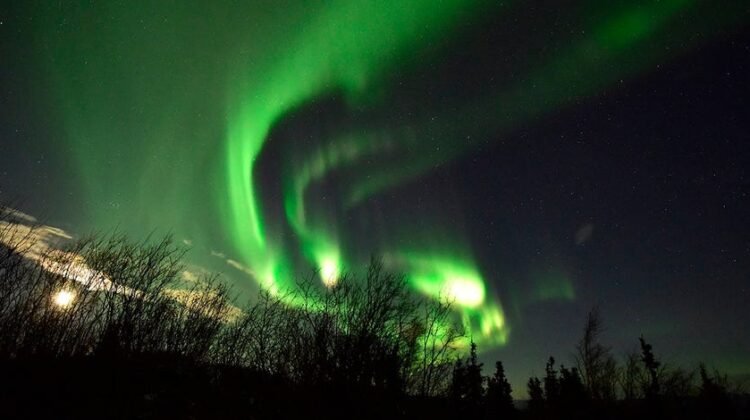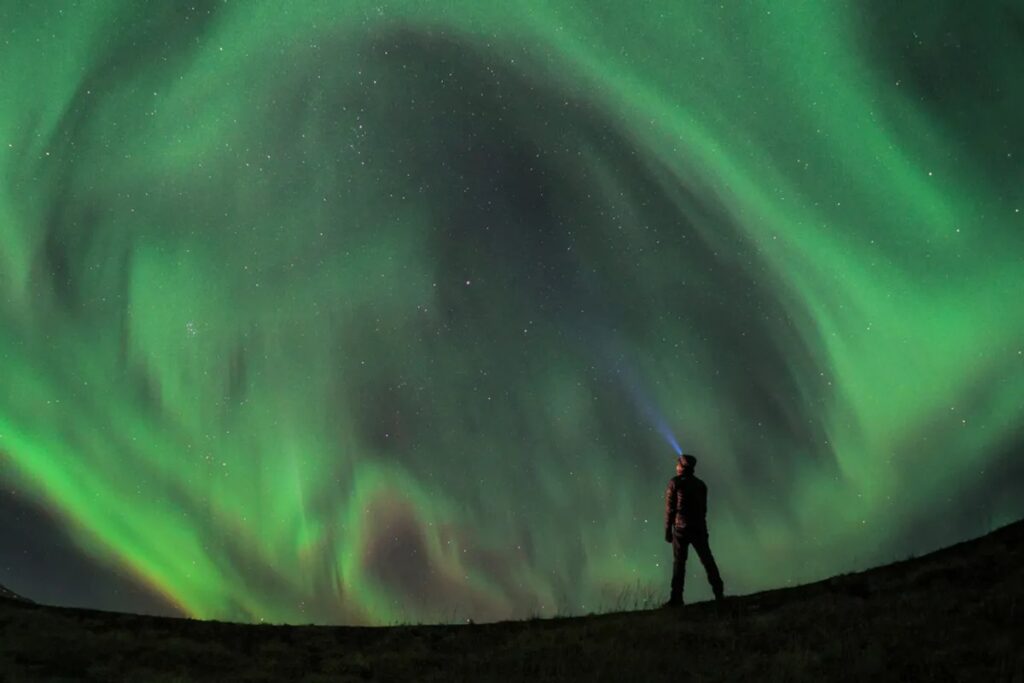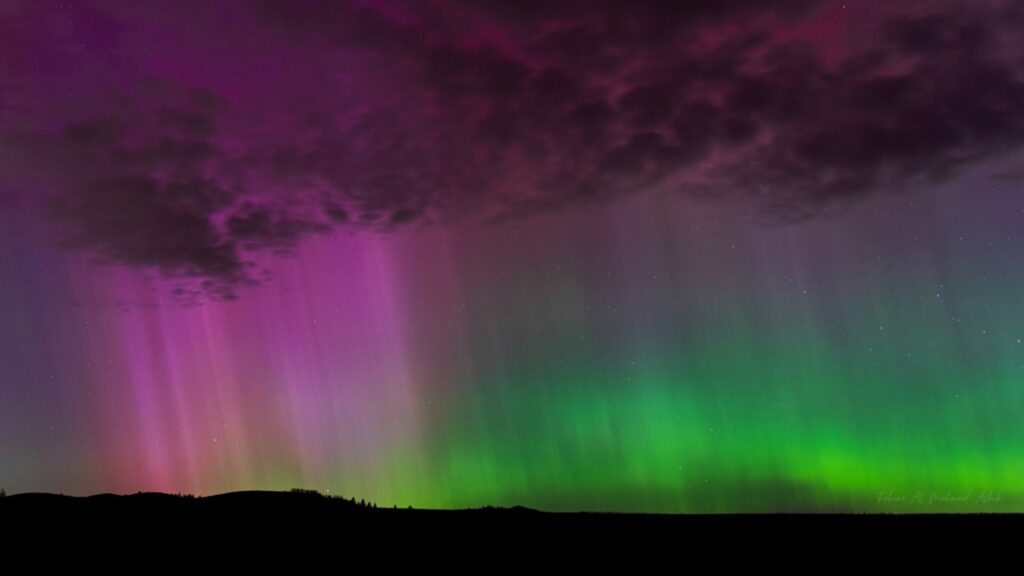
Another coronal mass ejection (CME) is on its way, continuing the recent trend of intense solar weather that has brought spectacular aurorae to the US and Canada. This latest CME is expected to hit Earth today (August 3rd), prompting the National Oceanic and Atmospheric Administration (NOAA) to issue a moderate geomagnetic storm warning. As a result, the Northern Lights could become visible as far south as New York.
A CME is a large wave of plasma and magnetic fields ejected by the sun. When these electrically charged particles collide with Earth’s magnetosphere, they can trigger geomagnetic storms that sometimes produce aurorae. The current CME, associated with a potent M8-class solar flare that erupted on August 1st, is anticipated to arrive “between midday to late” (UTC) today. This means the night skies could be filled with colorful displays as the geomagnetic storm continues into the early morning hours.

“The aurora may become visible over some northern and upper Midwest states from New York to Idaho,” says the NOAA.
Earlier this week, a minor G1 geomagnetic storm caused by a pair of CMEs produced bright aurorae across large areas of the northern hemisphere. With the upcoming storm predicted to reach G2, tonight’s spectacle could be even more impressive.
In May, stargazers witnessed some of the brightest and most widespread aurorae in several years during a G5 geomagnetic storm—the highest possible rating—hit Earth. While it’s unlikely that the current CME will trigger such a dramatic event, the approaching solar maximum suggests that storms and flares are expected to continue.

The solar maximum denotes the peak of the sun’s 11-year activity cycle and is associated with an increase in sunspots. These areas on the sun’s surface have particularly strong magnetic fields and are common sources of flares and CMEs.
With tonight’s geomagnetic storm on the horizon, those in the northern and upper Midwest states should keep an eye on the night sky for a potential auroral display.

Leave a Reply